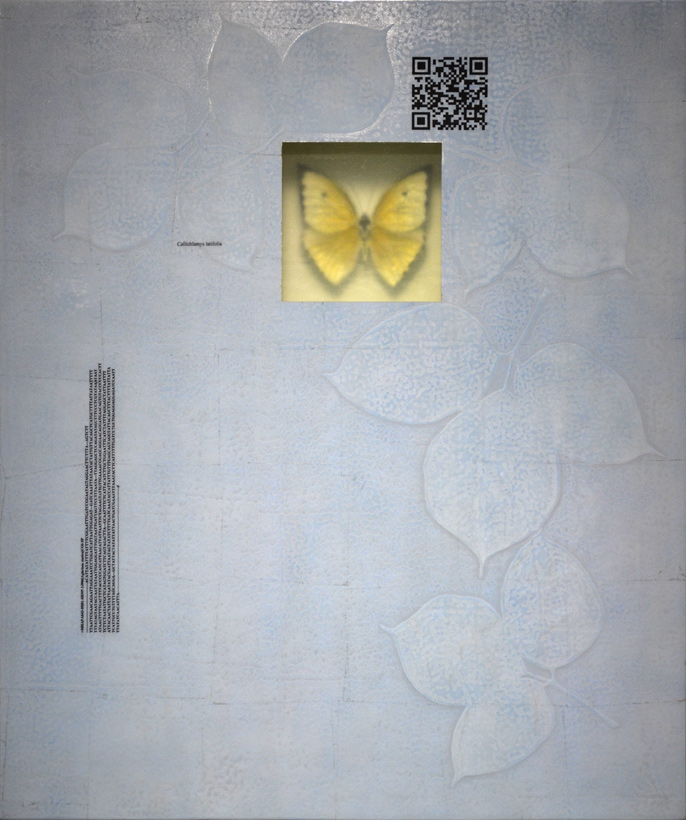Butterflies and Their Food Plants
Aphrissa statira Butterfly
Callichlamys latifolia Host Plant
Costa Rica
From the researcher's perspective...
“The butterflies are merciless today” said a cartoon burned into memory but lost to the bibliographer. And so they were in late June, looking west down the channel of the paved entrance road at the official entrance to Area de Conservación Guanacaste (ACG) at the Casetilla Entrada. It was a river of large bright yellow butterflies pouring out of Sector Santa Rosa’s dry forest at the end of their first generation of the year. They passed in ones to 20s every few seconds, flying 1–4 meters above the ground, males and females, the children output of parents that had arrived at the ACG dry forest a month earlier to lay their eggs on the new foliage at the beginning of the rainy season. Aphrissa statira was one of the more common members of this mass of large Pieridae, along with five species of Phoebis and several more genera.
When ACG was one unbroken stretch of old-growth forest, from the Pacific coast to the Caribbean lowlands, the entrance of large yellow pierids with the first rains, their single dry forest generation, and their massive exit to wetter areas to the east, was probably very cleanly performed. Today, a few individuals of some species stay behind, though not A. statira, to have 1–3 minimalist rainy season generations on the small ocean of food plants in the early successional edges of dry forest roadsides and pastures. A. statira is a specialist on the very new foliage of the old-growth huge and long-lived forest vine Callichlamys latifolia (shown). The foliage-green caterpillars are both very abundant and very evident to any foraging bird, both because they perch on both sides of a leaf, and because their damage is often the first to be sustained by the new large leaves of their food plants. However, there is safety in numbers, and the forest at this time is rich in green edible caterpillars, apparently often satiating their avian predators.
Dr. Daniel JanzenDNA Barcode of Aphrissa statira
Accessed from Barcode of Life Data Systems
MHAPA043-05 | 01-SRNP-14906 | Aphrissa statira | COI-5P
AACATTATATTTTATTTTCGGAATTTGATCCGGAATAGTAGGAACTTCTTTAAGTCTTTTAATTCGAACAGAATT AGGAAATCCTGGATCATTAATTGGAGATGATCAAATTTATAATACTATTGTTACAGCTCATGCTTTTATTATAAT TTTTTTTATAGTAATACCAATTATAATTGGAGGATTTGGTAATTGATTAGTTCCTTTAATATTAGGAGCTCCAGA TATAGCTTTCCCTCGTATAAATAATATAAGTTTTTGACTTTTACCCCCATCATTAACATTATTAATTTCTAGAAG TATTGTTGAAAACGGAGCAGGAACAGGATGAACAGTGTACCCCCCACTTTCTTCTAATATTGCTCATAGTGGATC TTCAGTAGACTTAGCAATTTTCTCATTACATCTTGCTGGAATTTCATCTATTTTAGGAGCTATTAATTTTATTAC AACTATTATTAATATACGAATTAATAGTATATCTTTTGATCAAATACCATTATTTGTTTGAGCAGTAGGTATTAC AGCTTTACTTTTATTATTATCATTGCCTGTTTTAGCAGGAGCTATTACTATATTATTAACTGATCGAAATTTAAA TACTTCATTTTTTGATCCTGCTGGAGGAGGAGATCCAATTTTATATCAACATTTATTT


